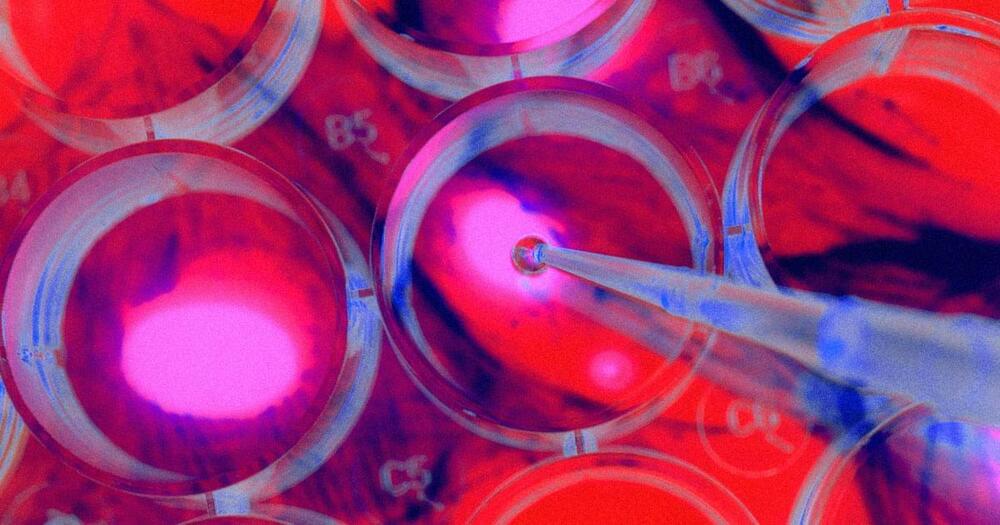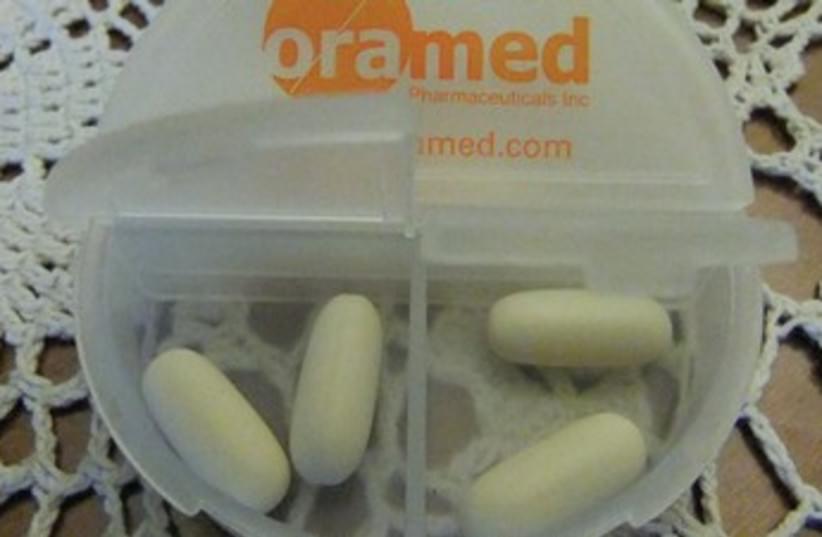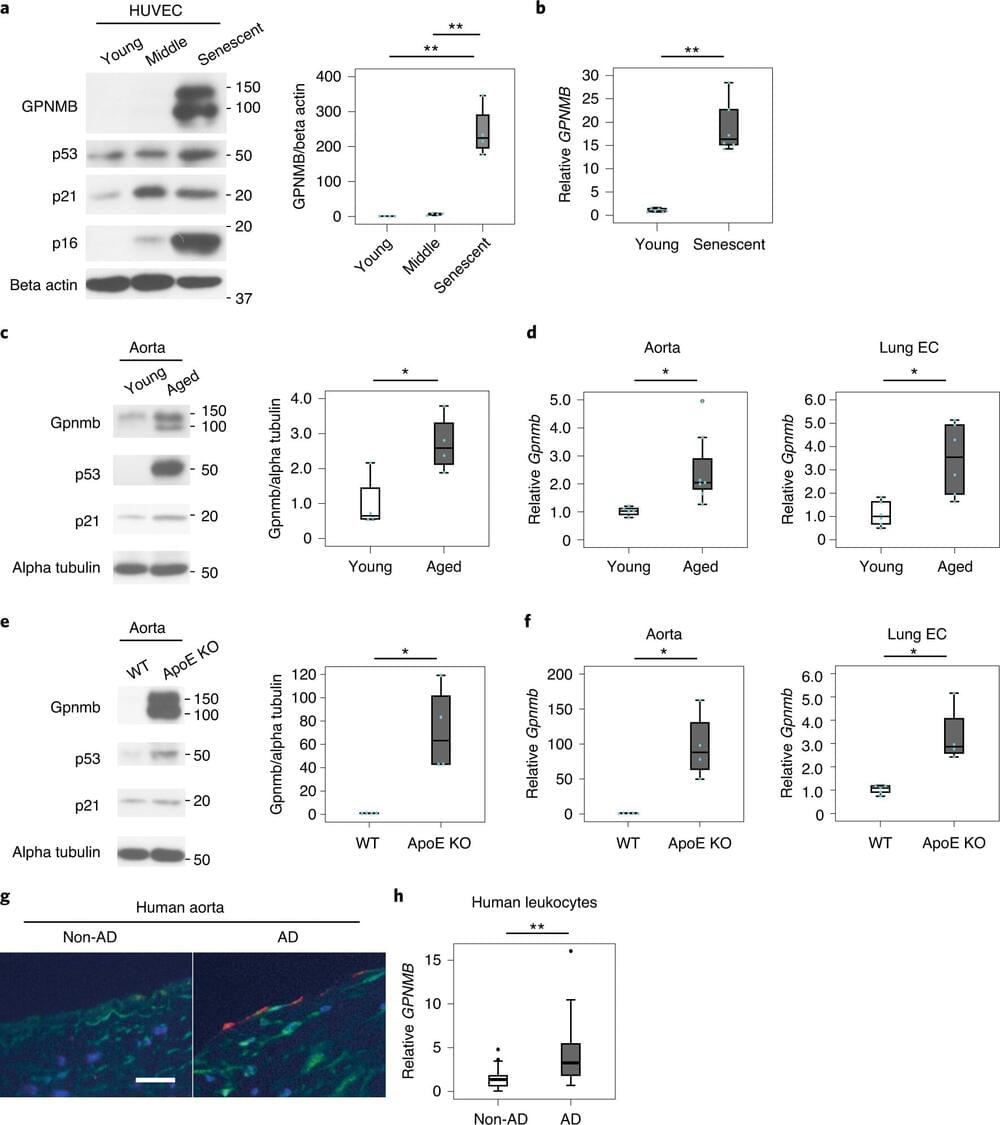Blocking matrix metalloproteinases MMP2 and MMP9 can have the opposite effect on neuroplasticity depending on whether the brain is healthy or injured.
Summary: Blocking the matrix metalloproteinases MMP2 and MMP9 can have the opposite effect on neuroplasticity depending on whether the brain is healthy or injured.
Source: University of Gottingen
The brain is a remarkably complex and adaptable organ. However, adaptability decreases with age. As new connections between nerve cells in the brain form less easily, the brain’s plasticity decreases.
If there is an injury to the central nervous system, such as after a stroke, the brain needs to compensate by reorganizing itself. To do this, a dense network of molecules between the nerve cells—known as the extracellular matrix—must loosen.






